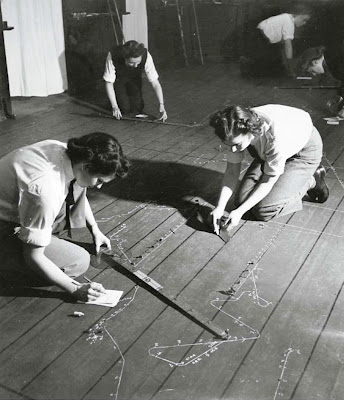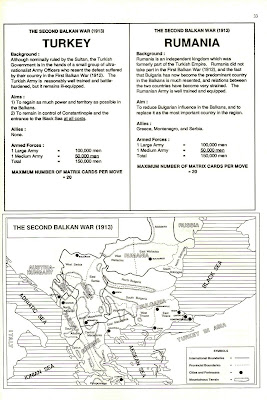The following is not about wargaming, but I would hope that my regular blog readers will read this post to the end.
Sue and I have been away for a short break, and whilst we were on our travels, I noticed a certain amount of censure when I used a disabled toilet. I had not experienced it before (possibly because during lockdown there were fewer people about), but on two occasions I felt the need to justify myself.
Let me explain. When I had my colostomy last year, one of the things that I learned was that as far as the NHS and government are concerned, I am now disabled. I was encouraged to apply for a Disabled Blue Badge so that I could park my car in a Disabled Parking space and given a RADAR key so that I could unlock disabled toilets. (RADAR is the acronym for the Royal Association for Disability and Rehabilitation. They are now known as Disability Rights UK who, in partnership with Nicholls & Clarke who invented the RADAR lock, helped to create the National Key Scheme (NKS) so that disabled people no longer have to ask for a disabled toilet to be unlocked when they need to use one.)
My Blue Badge application was was turned down by my local council on the grounds that I was able to walk unassisted, but the RADAR key has proven to be a lifeline. Every time that I use a toilet, I need to check that my colostomy bag is secure and does not need to be replaced. I carry spares in a my man-bag (thank God that carrying one is no longer regarded as odd, as it was a few years ago!) just in case. I can certainly check my bag in a normal WC, but I need more space than most WCs provide to change my bag, hence my preference for using a disabled toilet.
Twice whilst we were away, I was 'challenged' when I came out of a disabled toilet. The first time was a young woman who wanted to change her baby's soiled nappy. (For some reason, many disabled toilets also serve as nappy changing facilities.) As I came out, she made a comment about the facility only being for disabled people and for nappy changing, so I reminded her that 'not all disabilities are visible' and then indulged myself in explaining in detail why I had to use the disabled toilet. She looked rather shamefaced afterwards, and apologised ... and one hopes that she will be a little more understanding next time.
The second time was during our drive home. We stopped at a motorway service area, and I used the disabled toilet to check and replace my bag. Whilst I was in there, the door handle was rattled several time, and a loud voice said something along the lines that there was a person in a wheelchair waiting to use the toilet. When I opened the door, I was confronted by an elderly man in a wheelchair and someone who was obviously his son. The son opened his mouth and said, 'Don't you realise that ...', but never finished his sentence when he saw that I was wearing my RADAR key on a lanyard around my neck. I held the door open for them, and as he wheeled his father in, he mumbled what sounded like an apology.
As the title of this blog post states, not all disabilities are visible, and I hope that by sharing my experiences with you, you will pass this message on.


















































































